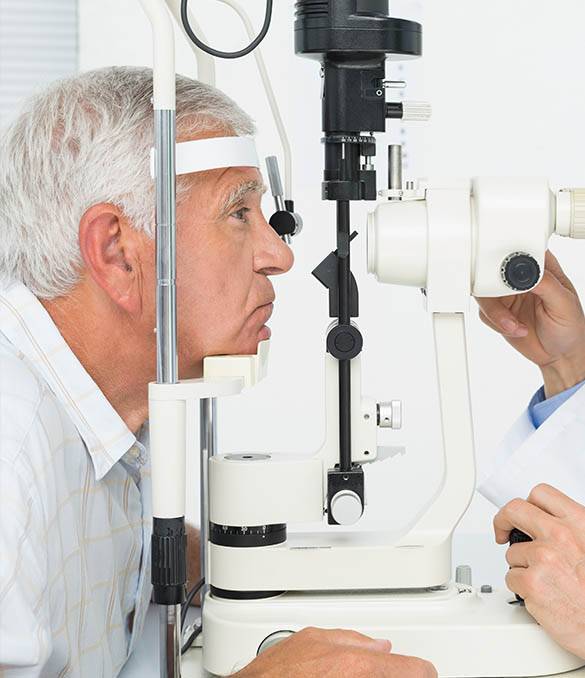Lazer Presbyond
Excimer lasers are indispensable for laser devices used in vision correction (refractive) applications. Excimer lasers have been used in the treatment of myopia, astigmatism and hyperopia for about 30 years. Besides the technological advantages of Mel 90 excimer laser, the most important feature that makes it unique is the application of near vision correction laser patented under the name of "Laser Presbyond". The patented Laser Presbyond application procedure allows us to take advantage of the unique technology of this device.
Near vision correction operation with Mel 90 can be applied to every healthy person over the age of 40. The effectiveness of the application lasts for a lifetime. After Laser Presbyond application, people do not have to wear reading aglasses or contact lenses in their daily lives. In case of cataract operation at advanced ages, there will be no impairment in near vision. Laser Presbyond can be applied to patients who have previously undergone cataract surgery. There are many successful applications about near vision correction developed in recent years. However, none of them give as natural results as Laser Presbyond.
CORNEAL INLAY (KAMRA)
This near vision correction application is done with Femtolaser and is costly. A permanent prosthesis is attached to the transparent layer of the eye (only to a single eye). Field of view (FOV) and three-dimensional (3D) vision loss occurs. The prosthetic apparatus must be removed, in case of a cataract surgery in the following years since it may make thee cataract operation difficult. This brings new costs and risks.

SUPRA CORE
This treatment is limited in effectiveness by allowing near vision correction of 1.5 diopters. Satisfaction rate is low among patients. It becomes ineffective after the age range of 40-50.
INTRA CORE
This treatment is also costly as it is applied with Femtolaser. It allows near vision correction up to 1.5 diopters. This method is not widely used.

